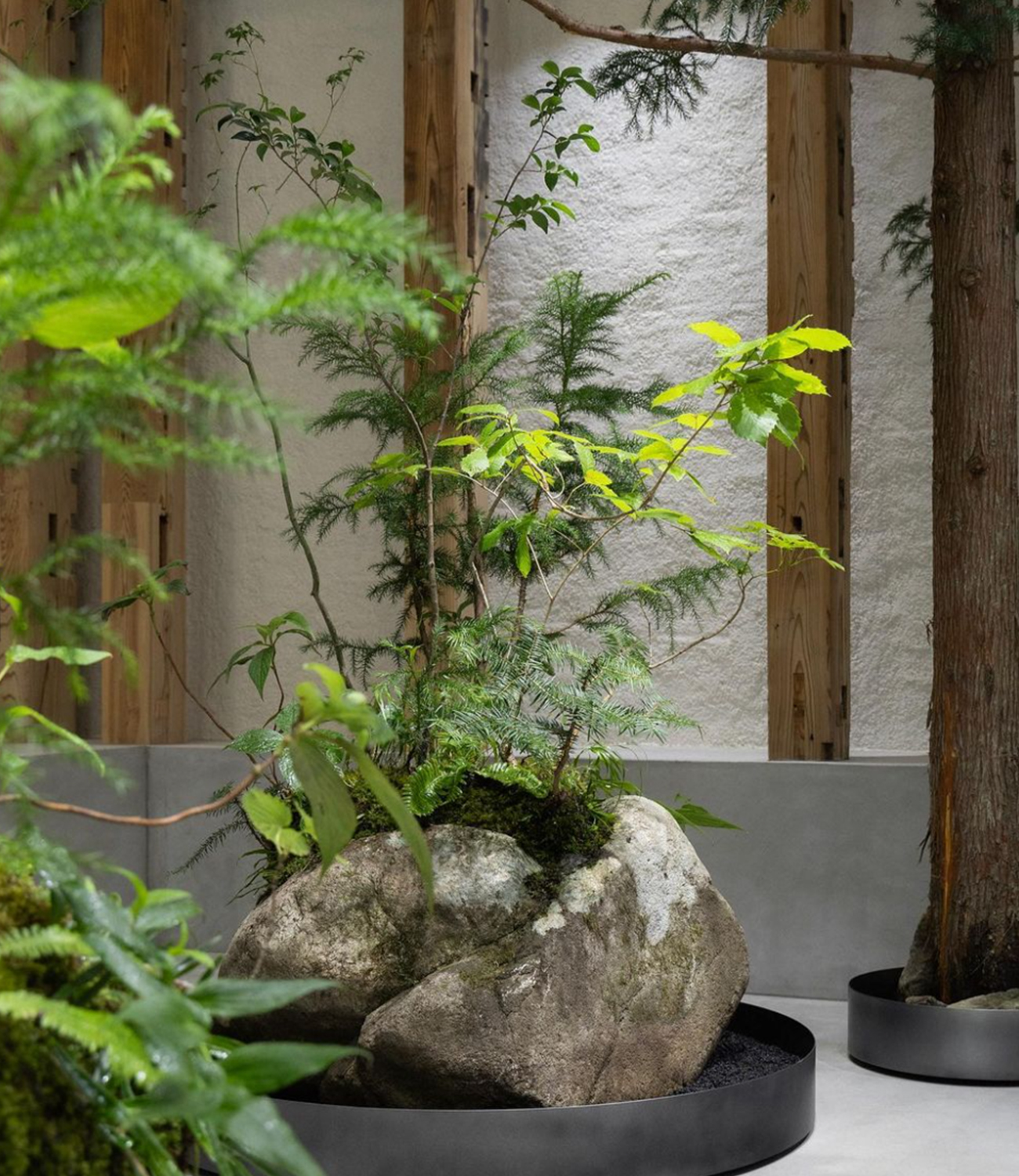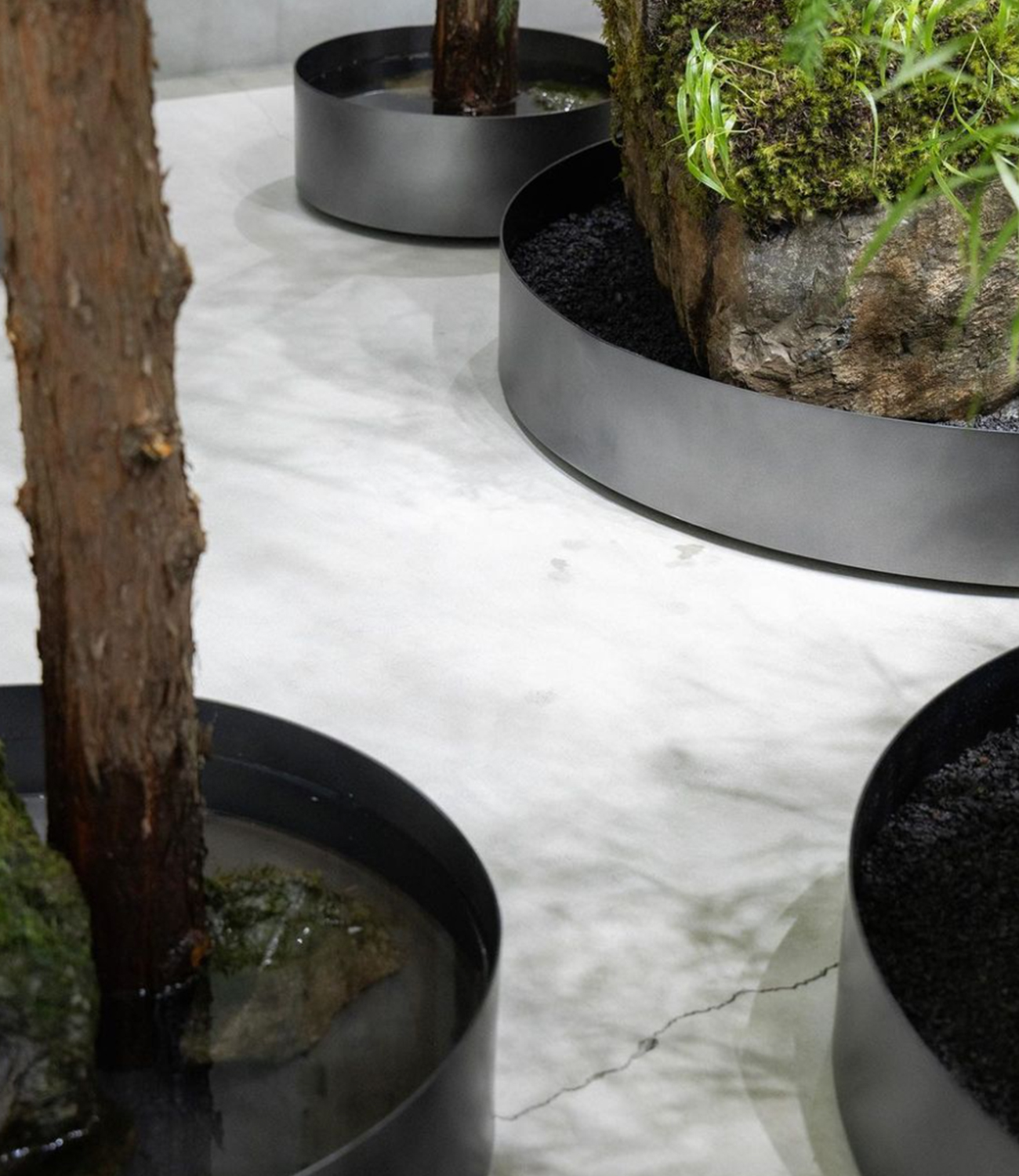THE PUNCH RESOURCES
Bringing Nature Indoors:
The Basics and Benefits of Indoor Plants
Bringing Nature Indoors: The Basics and Benefits of Indoor Plants
June 2024 – By The Punch Editors
Whether you're curating a cozy haven or transforming a bustling business space, the incorporation of indoor plants is more than a trend – it's a dynamic investment in well-being and aesthetics. Embracing the vitality of nature indoors offers a plethora of advantages for both individuals and businesses alike.
THE PUNCH RESOURCES
Indoor plants are more than just greenery. They are living elements that can breathe life into any environment.
THE BASICS OF INDOOR PLANTS
Indoor plants are plants that are grown and maintained in indoor environments such as homes, offices and other indoor spaces. These plants are chosen for their ability to thrive in the relatively stable conditions found indoors, which typically include lower light levels, consistent temperatures and controlled humidity compared to outdoor environments.
BENEFITS OF INDOOR PLANTS
A major benefit of indoor plants is their ability to improve air quality. Plants naturally filter the air by absorbing toxins, releasing oxygen and increasing humidity. This purification process helps to reduce pollutants, which are commonly found in indoor environments. By improving air quality, indoor plants contribute to a healthier living environment, potentially reducing respiratory problems and promoting general wellbeing.
Indoor plants offer a multitude of benefits for both individuals and businesses, contributing to a healthier, more enjoyable, and productive environment such as:
1. IMPROVED WELL-BEING
Indoor plants have been shown to reduce stress, anxiety, and fatigue while promoting a sense of well-being. Their presence contributes to a more relaxed and positive atmosphere in homes.
2. ENHANCED AIR QUALITY
Many indoor plants act as natural air purifiers, removing pollutants and toxins from the air. This can lead to better respiratory health and a cleaner living environment.
3. BOOSTED MOOD & PRODUCTIVITY
The presence of greenery has been linked to improved mood and increased productivity. Indoor plants can create a calming and visually appealing space that positively influences an individual's mental state.
4. CONNECTION WITH NATURE
Bringing plants indoors allows individuals to connect with nature, even in urban environments. This connection has psychological benefits and can instill a sense of tranquility and balance.
INDOOR PLANTS RECOMMENDATION FOR BALI'S WEATHER
In Bali's tropical climate, selecting the right indoor plants is essential to ensure their health and vitality. Opt for plants that thrive in high humidity and warmth, as these conditions mirror Bali's weather.
Some excellent choices include the Peace Lily (Spathiphyllum), which not only adds lush greenery but also helps purify the air. Snake Plants (Sansevieria) are renowned for their hardiness and can withstand Bali's heat with minimal care. The vibrant and low-maintenance Croton (Codiaeum variegatum) adds a pop of color to your indoor spaces. Additionally, the Spider Plant (Chlorophytum comosum) is an ideal choice, known for its air-purifying qualities and adaptability to varying light conditions. These indoor plants not only thrive in Bali's climate but also bring a touch of nature to your home, office or commercial building, creating a harmonious indoor oasis.


CARING FOR INDOOR PLANTS IN BALI'S TROPICAL CLIMATE
Caring for indoor plants in Bali's tropical climate involves providing the right conditions for their well-being. Here are some tips for maintaining the health and vitality of your chosen plants:
1. LIGHT REQUIREMENT
Most tropical plants thrive in well-lit areas, but should be protected from harsh, direct sunlight to prevent damage. Place plants in locations with bright, indirect light to ensure healthy growth. It is important to adjust the placement of each plant according to its specific light preferences. For example, Peace Lilies thrive in moderate to low light, whereas Snake Plants can tolerate a wider range of light conditions. By understanding and providing for the unique needs of each plant, you can create an optimal environment for their growth.
2. HUMIDITY
Bali's high humidity is beneficial for tropical plants. However, ensure good air circulation to prevent issues like mold or mildew. Grouping plants together can create a microclimate with increased humidity, especially if you mist them.
3. WATERING
Water plants consistently, keeping the soil evenly moist but not waterlogged. The frequency of watering may vary based on the specific needs of each plant. Use well-draining soil to prevent waterlogging, which can lead to root rot.
4. TEMPERATURE
Most tropical plants thrive in warm temperatures. Keep indoor spaces comfortably warm, avoiding drafts or sudden temperature changes. Be cautious of air conditioning, as some plants may be sensitive to drastic temperature.
5. FERTILIZING
Feed plants regularly during the growing season with a balanced liquid fertilizer. Follow the recommended dosage on the fertilizer packaging and reduce or suspend fertilization during the plant's dormant period, typically in the cooler months.
6. PRUNING & MAINTANANCE
Bringing plants indoors allows individuals to connect with nature, even in urban environments. This connection has psychological benefits and can instill a sense of tranquility and balance.
7. POTTING & SOIL
Repot plants when they outgrow their containers or when the soil becomes depleted. Use a well-draining potting mix rich in organic matter and ensure that pots have drainage holes to prevent water accumulation at the roots.
8. ROTATION
Rotate plants occasionally to ensure that all sides receive sufficient light. This will help maintain a balanced and symmetrical growth pattern.
EXPLORE THE PUNCH

